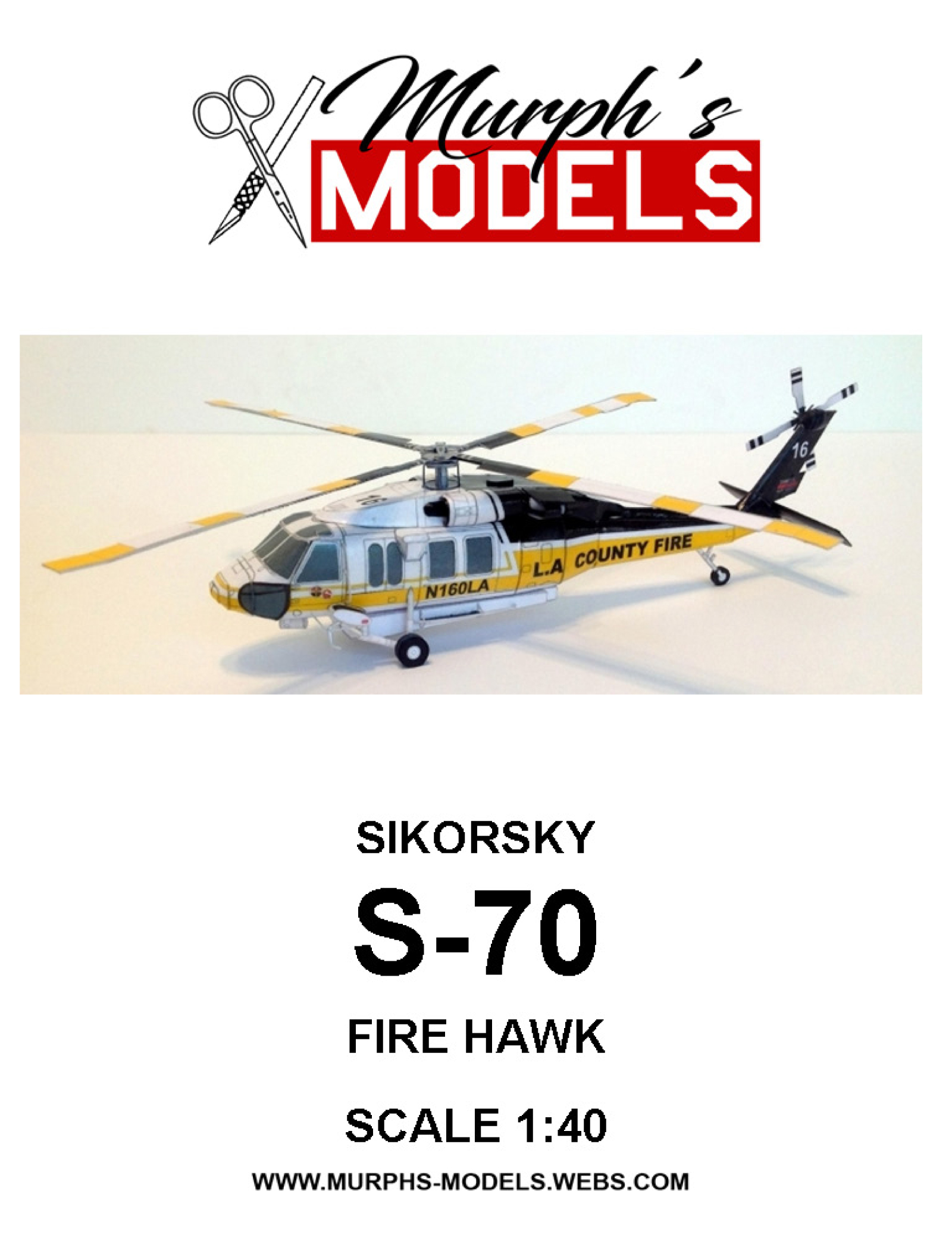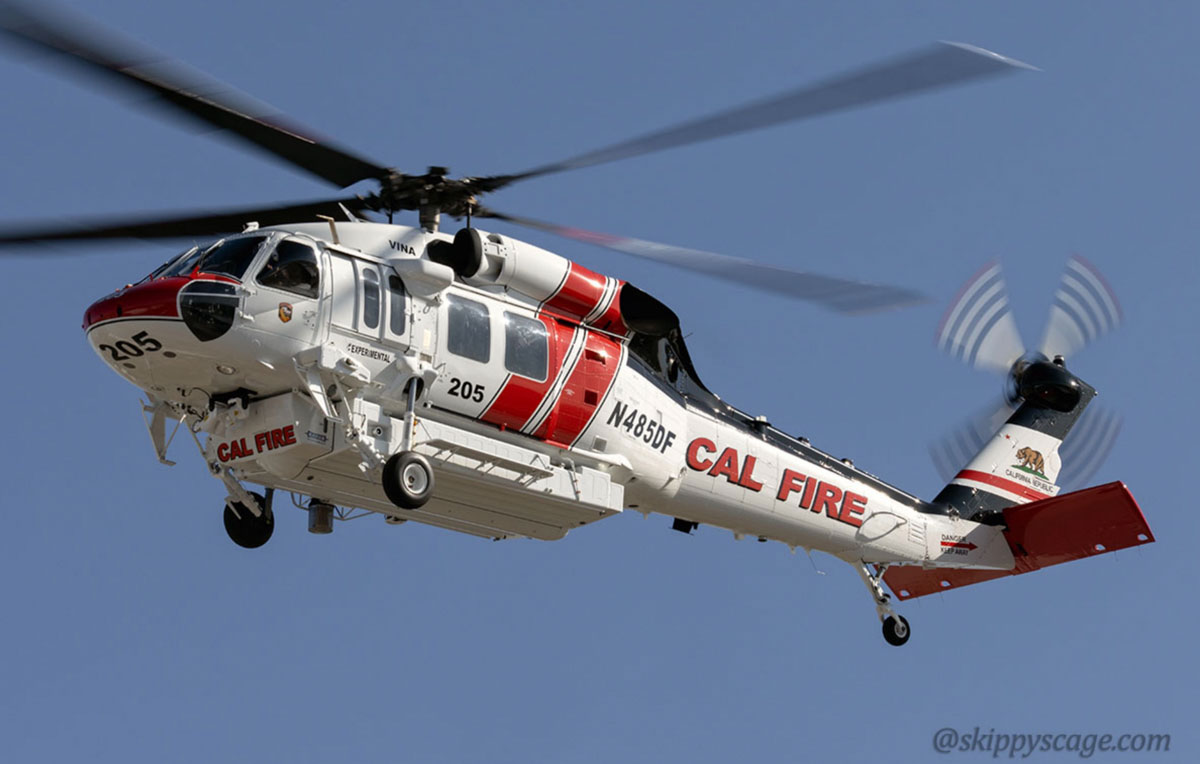Introducing the Sikorsky S 70: Technologies and Breakthroughs in Helicopter Design
Introducing the Sikorsky S 70: Technologies and Breakthroughs in Helicopter Design
Blog Article
High-Performance Multi-Role Rotorcraft Featuring Advanced Cabin Technologies and Integrated Sensing Unit Systems
The world of rotorcraft innovation has actually seen noteworthy advancements in recent times, specifically in the realm of high-performance multi-role rotorcraft outfitted with cutting-edge cabin technologies and flawlessly incorporated sensor systems. These advancements have not only enhanced the operational abilities of rotorcraft however have actually also dramatically affected modern aviation operations on various fronts. From improved objective flexibility to enhanced operational efficiency, the merging of sophisticated cockpit innovations and integrated sensor systems has actually ushered in a brand-new age of possibilities for rotorcraft applications. In the adhering to discussion, we will explore the advancement of rotorcraft technology, dig right into the realm of sophisticated cabin innovations, and check out the effects of integrated sensor systems on the operational flexibility and performance of modern-day rotorcraft.
Evolution of Rotorcraft Technology
The evolution of rotorcraft modern technology has been noted by substantial developments in aerodynamics, materials, and propulsion systems, forming the capabilities and performance of contemporary rotorcraft. Wind resistant enhancements have improved the performance and ability to move of rotorcraft, permitting increased speed, dexterity, and stability throughout flight (sikorsky s 70). Innovations in materials, such as making use of composite products and progressed alloys, have led to lighter yet stronger rotorcraft frameworks, improving overall performance and toughness. Additionally, innovations in propulsion systems, including much more effective engines and cutting-edge propulsion technologies, have made it possible for rotorcraft to accomplish higher altitudes, faster speeds, and greater payloads.
These developments have not only transformed the capabilities of rotorcraft however have actually likewise increased their applications across numerous markets, including military, commercial, and emergency solutions. The continual evolution of rotorcraft technology continues to drive technology in the area, pushing the borders of what is feasible and forming the future of upright flight.
Advanced Cockpit Innovations
Structure upon the fundamental improvements in aerodynamics, materials, and propulsion systems, the world of rotorcraft technology currently changes focus in the direction of pioneering Advanced Cabin Innovations. The combination of innovative technologies within the cabin environment plays a crucial function in enhancing the functional capacities, safety, and performance of modern rotorcraft. sikorsky s 70. Advanced Cockpit Innovations incorporate a vast variety of functions created to supply pilots with improved situational understanding, streamlined data administration, and intuitive control interfaces
Among the crucial innovations in cockpit design is the implementation of glass cabins, which change typical analog gauges with high-resolution displays. These digital systems provide personalized designs, real-time data integration, and enhanced readability, enabling pilots to access important information at a look. Advanced avionics systems, such as fly-by-wire controls and boosted reality displays, are transforming just how pilots interact with the airplane, permitting for specific control and enhanced decision-making capacities.


Including sophisticated cockpit developments not only improves pilot efficiency yet also contributes to general goal efficiency and safety in complicated operational settings. By leveraging advanced modern technologies within the cabin, rotorcraft manufacturers are setting brand-new requirements for operational excellence and goal success.
Integrated Sensor Equipments
With the evolution of rotorcraft technology, the assimilation of innovative Integrated Sensor Equipment has ended up being critical in improving operational effectiveness and safety. These Integrated Sensing unit Systems include a large array of technologies that offer critical data for numerous functions such as navigation, monitoring, targeting, and environmental tracking. By effortlessly incorporating sensors like radars, video cameras, lidar, and infrared systems into rotorcraft, drivers can take advantage of boosted situational awareness, enhanced mission capacities, and decreased pilot work.
One secret advantage of Integrated Sensor Systems is their capability to collect real-time information and offer actionable insights to pilots and mission drivers. As an example, progressed radar systems can spot and track targets over cross countries, permitting early danger discovery and reliable response planning. Additionally, incorporating infrared and electro-optical electronic cameras enables rotorcraft to perform reconnaissance and security objectives with accuracy and accuracy.
Fundamentally, the assimilation of sophisticated sensing unit innovations into rotorcraft not just boosts functional performance yet likewise adds considerably to general goal success and crew safety. As rotorcraft remain to develop, the duty of Integrated Sensing unit Equipment will certainly continue to be at the leading edge of innovation in the aerospace industry.
Functional Adaptability and Effectiveness
Enhancing functional adaptability and efficiency in rotorcraft is an all-natural progression from the combination of sophisticated Integrated Sensing unit Equipments. By leveraging the information and understandings offered by these advanced sensing unit systems, rotorcraft can maximize their view efficiency across various goals and environments.
Operational versatility incorporates the capacity of rotorcraft to adapt to different duties and circumstances successfully. With innovative cabin innovations and incorporated sensing unit systems, rotorcraft can seamlessly change between jobs such as search and rescue, clinical emptying, surveillance, and more. This adaptability enhances the rotorcraft's ability to satisfy diverse operational demands without calling for comprehensive reconfiguration.
Effectiveness in rotorcraft operations is crucial for making the most of mission performance and resource application. Integrated sensing unit systems play an essential role in boosting operational efficiency by supplying real-time data on weather, surface mapping, target monitoring, and more. This information allows pilots to make informed choices quickly, enhance flight courses, save gas, and boost general mission productivity.
Effect On Modern Air Travel Operations

Furthermore, the assimilation of innovative sensors assists in improved objective planning and implementation, enabling rotorcraft to perform a wide variety of jobs with improved accuracy. From search and rescue procedures to airborne firefighting and police objectives, the capabilities of modern-day rotorcraft equipped with sophisticated cabin innovations and integrated sensor systems are exceptional.
In addition, the influence of these innovations prolongs past operational efficiency to cost-effectiveness and sustainability. By optimizing flight courses, fuel consumption, and maintenance timetables, high-performance rotorcraft geared up with sophisticated cockpit innovations and sensing units add to reducing operational expenses and environmental influence, making them indispensable properties in contemporary aviation operations.
Verdict
To conclude, the high-performance multi-role rotorcraft with sophisticated cockpit modern technologies and incorporated sensor systems stands for a considerable evolution in air travel technology. These developments check here enhance operational flexibility and effectiveness, ultimately impacting contemporary air travel operations in a favorable way. The integration of these innovative modern technologies enables enhanced capacities and efficiency in different objective scenarios, showcasing the proceeded development of rotorcraft technology in the aeronautics industry.
The realm of rotorcraft innovation has seen noteworthy developments in recent times, particularly in the realm of high-performance multi-role rotorcraft outfitted with cutting-edge cabin technologies and perfectly incorporated sensing unit systems. From boosted mission versatility to enhanced functional efficiency, the convergence of innovative cabin modern technologies and integrated sensing unit systems has actually ushered in a brand-new age of opportunities for rotorcraft applications. In the complying with conversation, we will discover the development of rotorcraft modern technology, dive right into the world of advanced cabin innovations, and analyze the ramifications of incorporated go to this web-site sensor systems on the operational versatility and efficiency of modern rotorcraft.

Report this page